Affiliate Marketing • 41 min read
Affiliate email marketing is hot – many marketers list it as the #1 skill they’d like to master – and it’s hot for a reason.
When you partner with affiliates, you get to multiply your sales by gaining access to complementary audiences that could be ideal clients, but that you wouldn’t otherwise have access to, and you get that access without spending months or years creating content and building trust, since those audiences are already raving fans of your affiliate partners.
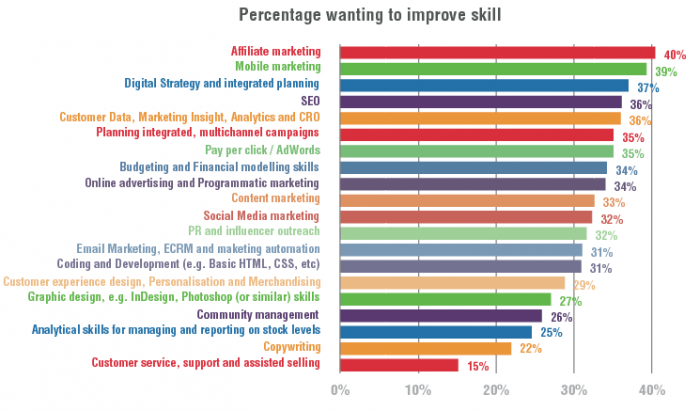 Source: Smart Insights via AM Navigator
Source: Smart Insights via AM Navigator
There’s just one problem:
Most affiliate partners aren’t satisfied with a standard commission alone. If they’re going to cheerlead their hard-earned audience to buy from you, they want you to do the same for them with your own audience.
But what happens if you have no affiliate email list?
Or if you feel you’re this-close to burning your list’s trust, because you’re doing a launch with 400 or 1,400 affiliates, and there’s no way people will stay subscribed if you pitch them 1,400 sales offers?
What if your partners’ offers just aren’t on-brand with your list?
We’ve got good news for you:
The reciprocal affiliate email game is hardly the only way to reap the benefits of affiliate marketing.
Yours for the Taking: Many Ways to Get Affiliates to Mail Their List for You without You Mailing Your List for Them
One of the most important questions in marketing is what’s in it for “the other side.”
Why would someone mail for you, and risk the trust they’ve built with their list if you’re not going to do the same?
You’ve got to put skin in the game.
Take the risk off them and put it on you, and you’ll be well on your way to signing a new affiliate deal without compromising your list or your reputation.
1) Have a Really Well Converting, Really Proven Offer
This should go without saying, whether or not you can or want to email your list about your partners’ products, but it’s even more important when you can’t reciprocate as easily:
Only pitch high quality, beautifully converting offers that you’ve tested, optimized, and tested again.
The higher conversions you can prove, the better.
If this is purely economical, you want to make the risk as worth it to them as possible.
2) Pay Your Affiliates a Higher Commission than You Usually Would
One of the ways we’ve seen one-way deals explode is to increase the affiliate commissions we offer.
After all, we all know this happens:
Increasing affiliate commissions works especially well with partners who’ve already mailed for us before and we’ve made a lot of money together. We go to them, explain how much we want their support, but we can’t offer to reciprocate the mailing – say, because their stuff is not on brand or because we’ve already saturated our list with offers – and we suggest a 10% increase in commissions.
If it’s a really big partner, you might want to offer a bigger pay.
Of course, definitely run the numbers and make sure you don’t end up in the red before you pitch this because once you’ve suggested it and signed the contract, you need to honor your word if you want to keep your reputation intact to serve future deals as well.
3) Pay Faster than Other Affiliate Programs in Your Industry
You want to see even greater enthusiasm?
Offer to pay affiliates fast.
When you go to partners and tell them you’re going to increase their commission by 10% and pay them within 7 days of each sale, who can say no to that?
Here too, we highly recommend having the systems in place to follow through with your promise. That’s actually something to keep in mind for each one of the strategies we cover today. If you’re not sure you can deliver, you’re better off using a different strategy.
Be the partner that affiliates can rely on, and they’ll send their colleagues your way, whether or not you reciprocate their mailings.
4) Introduce Affiliates to Your Connections
No one can have too many high-quality affiliates, especially when they’re first connections and you don’t need to pay second-tier commissions for referrals.
So another way to avoid reciprocal mailings is to help your affiliates grow their first-tier network.
You could do that by simply encouraging some of your connections, who could be a good fit for them, to have a call with your affiliates.
You could also offer exclusive events – whether online or offline – where your connections could meet. You could have Skype parties, meetups at the end of conference days, or even a nature hike, where people can let their guard down and connect as human beings.
Another option is to refer media opportunities to your affiliates. If you know anyone who writes or edits for a big publication, or someone who has a popular podcast, consider introducing them to your partners to help them build their exposure and authority in the industry.
Of course, before you make any introductions, make sure you know how to do it the right way:
5) Introduce Affiliates to Your Non-List Audience
Of course, if YOU have a big audience outside of your affiliate email list – via a blog, a podcast, a YouTube channel, another social media platform – consider inviting them to meet your audience this way. If you host a popular conference, whether virtual or IRL, consider inviting them to speak there, or have a free-of-charge booth.
The best way to determine where to feature them and what to focus the content around is to talk to them about the number one goal they’d like to achieve.
Sharing their entrepreneurship story and how they’ve overcome big challenges might establish them as inspiring experts in their field, but might not do much to get people to subscribe to get their social media advice over competitors’ advice in a saturated market.
If the latter is the goal, a presentation about how they built their YouTube channel by going against popular advice, might bring them better results.
To give you a non-affiliate example, when YouTube expert Derral Eves analyzed his competitors’ videos, he found that fellow YouTube expert Tim Schmoyer, founder of Video Creators, was seeing a higher number of viewers converting into subscribers after watching the following video.
As you’ll see, this video says popular advice to play by the algorithm’s rules will only take you so far in today’s YouTube world. The video is called “Ignore the Algorithm. Grow Overnight Like Peter.” For video creators who’ve seen how much work it is to try to rank on YouTube, this is a must-watch topic.
However you approach this, don’t make a big deal about whether they share this content with their audience. Remember, they’re already raving about you when they email their list. This is about getting them eyeballs in exchange, so do your best to promote this content yourself.
6) Contribute to Affiliates’ Content Efforts (Plus a Secret Way for them to Earn Extra Commissions from You, that Won’t Cost You a Dime)
If you’re a big name in your industry, your partner’s audience would love to see an interview with you on the partner’s blog, YouTube channel or podcast, or even see you take over their Instagram for a day.
But if you’re not, or if it doesn’t work for you, there’s another way.
Brainstorm what you can teach your partner’s audience, and offer the most epic presentation, blog post or video you can.
Think of it as a free mini course.
If you want to make sure they can earn from it, since they’re not earning from your list, design it around a product, or a list of products, that your partner can affiliate-link to when they publish your content.
For example, back when many websites were still publishing 500-word blog posts, a site called Paid to Exist published a 6,000+ word guest post from a guy who creates million dollar sales funnels for brands.
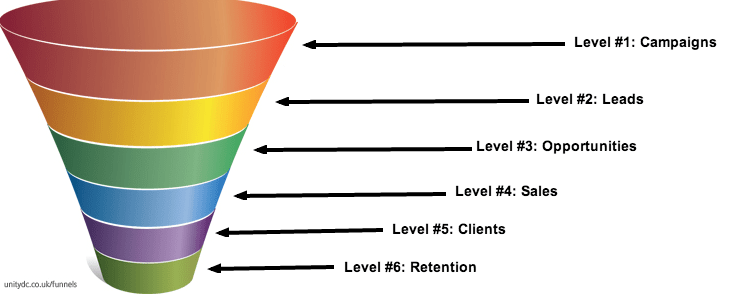
Source: Paid to Exist
The main CTA at the end is for readers to sign up to this guy’s free course, but if you’re producing something similar with the intention to help your partner, the blog’s owner, make extra money, then consider sprinkling some product links around the article, and let your partner be the affiliate who earns the commission of anyone who converts through these links.
An easy way to do it would be a tool roundup – you know, one of those “top tools to get the best results in your industry” type of posts – or a thorough review of one tool, like this 5,000+ word guest article called “What I Learned from Growing My Email List 3,418% (Nearly 200K) in Just 11 Days,” that was published on the Smart Passive Income blog.
As you’ll see, the link in the guest post is an affiliate link, but the affiliate is the guest poster – which could work for strategy #5 on this list. But again, you could agree to let your partner, the blog owner, to be the affiliate since they’re already emailing their list for you.
7) Contribute to Affiliates’ Product Creation
If you’re reading this, you probably operate online but imagine you had a skiing apparel store somewhere in the Andes Mountains in southern Argentina, and you tried to affiliate-sell your friend’s handmade jewelry, but your customers just wouldn’t buy them.
However, your friend’s audience members were converting really great on your skiing apparel, and were already planning trips to lands filled with snow, just like Oprah did in 2016:
One thing you could do would be to help your friend make the jewelry since that must be a ton of work creating everything by hand. In exchange, they click a button and get you a ton of extra shoe sales (and yes, they get a commission from that, of course).
If you do operate online, there are plenty of opportunities to do something similar: Let them interview you for a virtual summit, present a module in their online course, write a chapter for their ebook… Either way, they gain extra social proof – through your experience – and reduce their workload along the way.
8) Give Affiliates’ Audience Free Products or Massive Discounts of Your Products
If you can’t give your affiliates access to your list, consider giving them access to your products.
Say they sell clothes and you sell a closet organizer or capsule app. Give them a certain number of months for free, or with a massive discount, when they buy a certain amount of your partner’s product. This way, you’ll be helping your partner convert more of their own list because people will be getting more for the same price.
For example, when Bryan Harris, the founder of VideoFruit, shared the details behind his $220,750 new product launch, he explained that “a typical launch will have a big spike of sales on day one, a massive lull in sales in the middle and then a big spike of sales on the final day,” because a typical launch doesn’t have a mid-launch deadline.
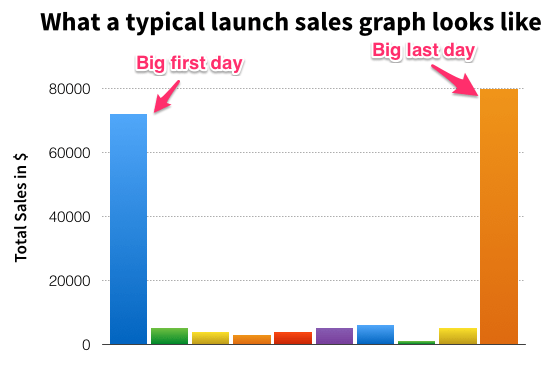
Source: VideoFruit
So Harris “introduced two new bonuses on day 3 of the launch and expired the bonuses on day 6 (so if you didn’t buy before day 6, you wouldn’t get the bonuses),” he wrote.
The bonuses he gave away for free were other companies’ products.
In this case, he negotiated bulk discounts for two courses, paid the discounted rate, then gave the courses away for free to anyone who bought before the mid-launch deadline (including people who paid before these bonuses were introduced).
He ended up making “$38,000 in sales on the day the bonuses expired,” according to the launch analysis.
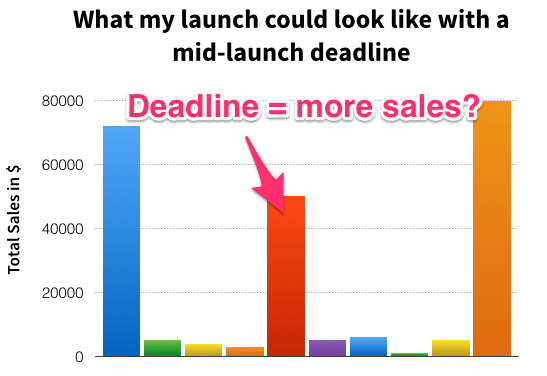
Source: VideoFruit
And hey, there’s a potential bonus for you, too:
Giving away an entry-level product might help convert a higher percentage of your partner’s audience once it’s time to sell one of your more premium products since you’ll no longer be targeting strangers. You’ll be targeting people who have already enjoyed something your company has created.
9) Take Affiliates Behind the Scenes of Your Unfair Advantage
If you’re a super affiliate yourself or an authority in your industry, and your partner is not, consider giving your partner’s team a mentoring session or few. However, if you’re not available, perhaps someone on your team could do it.
For example, say you work with a YouTuber who has a huge audience of raving fans, but no experience building a business or developing their own product line. Or they’re rocking Instagram for sales, but have no clue about LinkedIn, whereas your team knows how to use LinkedIn to sign super affiliates.
Sometimes, this type of access, including the opportunity to build relationships with you and your team, is worth more than a one-time appearance in front of your list, doubly so if their product isn’t on-brand and your list won’t convert well anyway.
10) Be Your Affiliates’ Case Study
Nothing really compares to a satisfied customer that’s willing to speak up for you and tell your prospects how great you are and why they should buy from you.
That’s why testimonials are so popular.
But case studies are even better – so better, that they’re considered the second most effective marketing strategy by B2B marketers (after ebooks and white papers), according to Content Marketing Institute and MarketingProfs’ 2018 report.
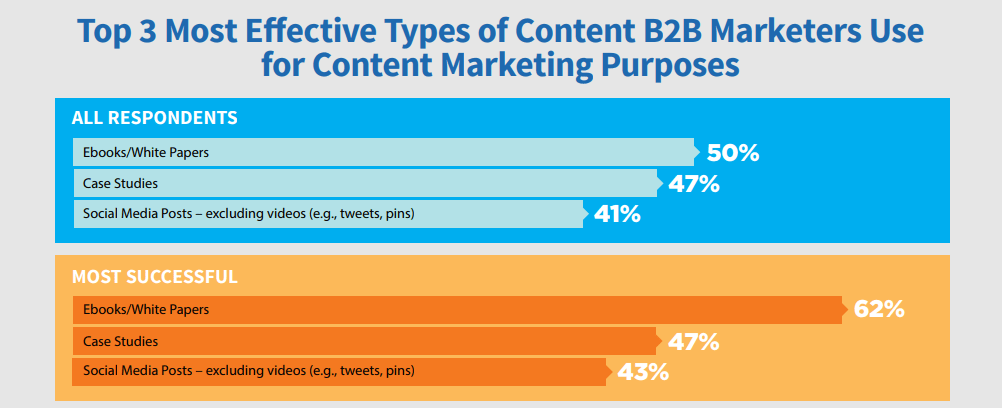
Source: Content Marketing Institute and MarketingProfs
Case studies are better because you get to dig deeper into the customer’s story, including the challenges she experienced, which your prospect is probably experiencing right now. That helps them relate to, and believe, the main character, which is the customer you’re featuring.
By the end of the case study, your main real-life character reaches its desired goal, and she does it thanks to your product – but the case study isn’t written as a sales pitch. It’s written as a story that teaches prospects something, even if they don’t buy anything, and therefore they’re more open to hearing it, and it’s easier for them to make that emotional connection that’s so needed for sales.
After all, according to Psychology Today, brain research found that even though us humans can be pretty rational, we actually evaluate brands and potential purchases primarily on an emotional level.
So if you can do it, being your partner’s case study will likely help them increase their sales.
But if you can’t, or if it doesn’t align with your brand, consider giving your partner a testimonial, and combining it with one of the other strategies in today’s guide.
Either way, remember that championing your partner’s product in writing is wonderful, on audio is better, and on video is ideal.
11) Donate to Nonprofit Causes that Matter to Your Affiliates
Say your partner has a fashion brand that’s not really on-brand with your list. But maybe they’re also trying to use their influence to open the doors of education to girls who can’t afford to go to school.
You could donate on your own in their name, or promote their nonprofit efforts to get extra donations from your list, if their nonprofit efforts could potentially be on-brand. You could reach out to your affiliate email list directly, or determine that a certain portion of your own sales goes to this cause.
Remember, we all need to make money to keep our positions (if we’re affiliate managers) or our companies (if we’re the founders), so this won’t work in every situation, or might only work in combination with other strategies offered above, but many of us do want to make an impact in the world, so add this to your toolbox, just in case.
Always Put Your Audience First if You Don’t Want to Come in Last
The 90s have come and gone. When people give you their email address and make space for you in their busy inbox today, they’re basically saying that what you have to offer is valuable enough and that they trust you to have their best interest at heart.
So never burn down that trust for the sake of one deal, no matter how much you want that deal. Nor walk away from affiliate marketing opportunities just because you don’t have a list.
Instead, choose one of the options we covered here today, and maybe even combine some of them together. Not everything is going to work for everyone, or for every situation, so test it out and see what works for you.
Show your audience you have their back, and they’ll walk the distance with you.

